Optimal Timing for Foundation Repairs
Foundation repairs are a critical aspect of maintaining structural integrity and preventing further damage to a property. The timing of repairs can influence their effectiveness and cost. Understanding seasonal and environmental factors helps determine the optimal time for addressing foundation issues.
Spring often provides favorable conditions for foundation work due to moderate temperatures and soil moisture levels, facilitating effective repairs.
Summer offers longer daylight hours, but high temperatures and dry soil conditions can complicate certain repair methods.
Fall can be ideal due to cooler temperatures and increased soil moisture, which can help stabilize the foundation during repairs.
Winter poses challenges such as frozen ground and limited access, making repairs more difficult and less effective during cold months.
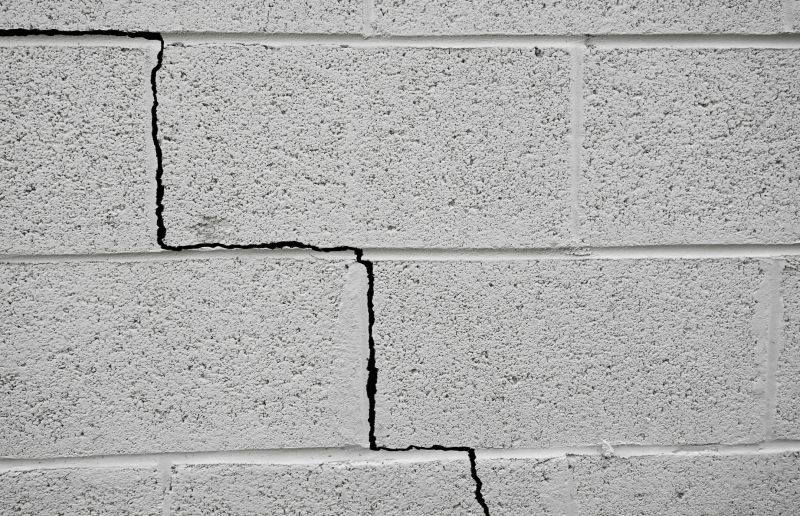
Visible cracks can indicate shifting or settling that requires timely repair.
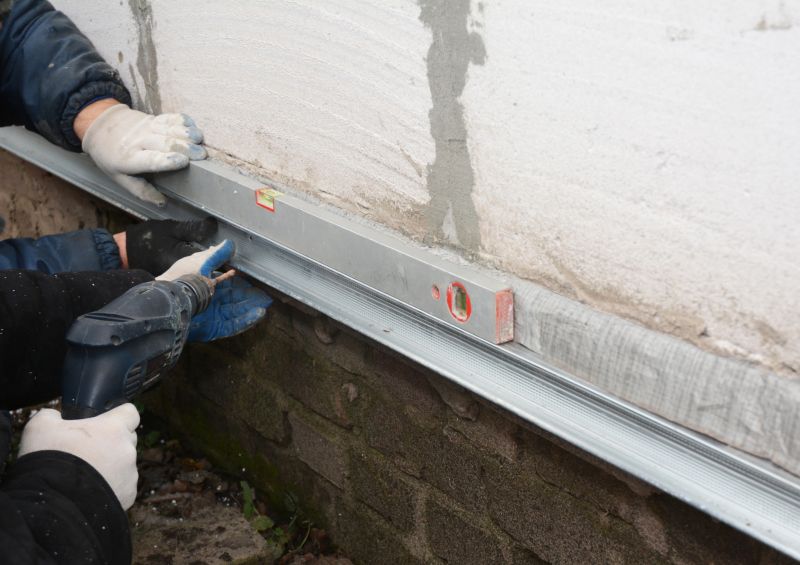
Proper soil stabilization is essential before repairs, especially in fluctuating weather conditions.
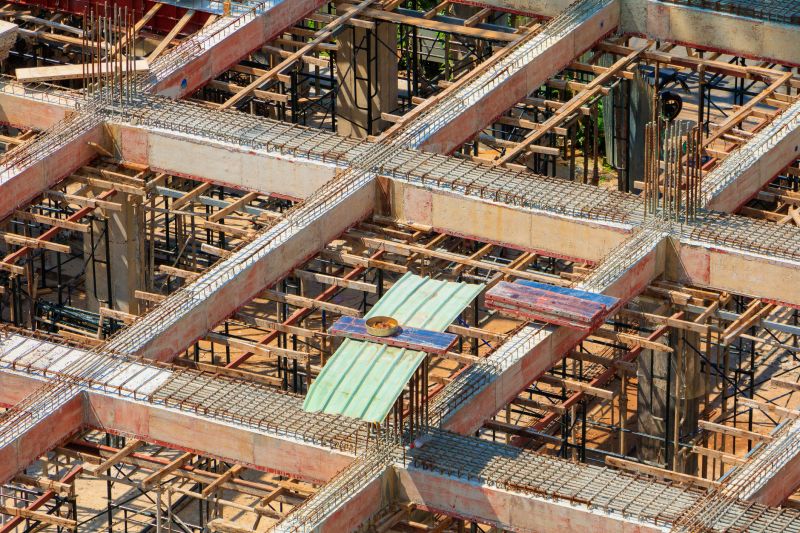
Pier and beam systems often need attention during optimal weather for effective stabilization.
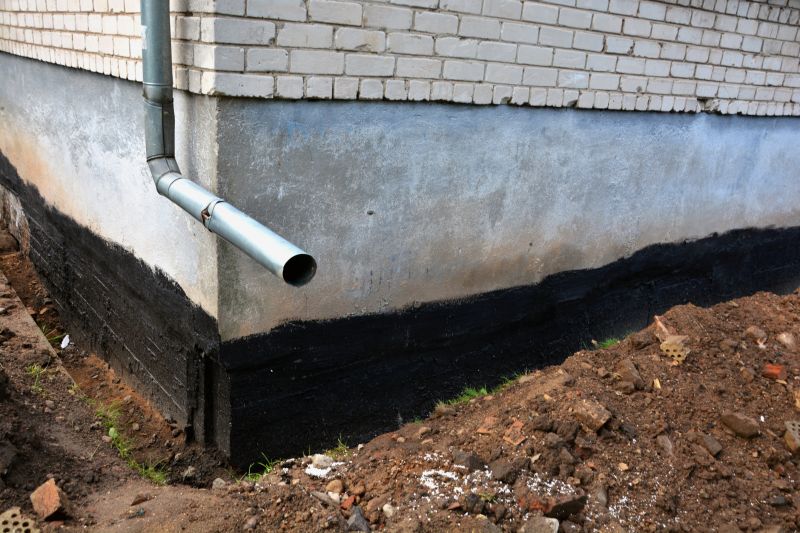
Proper drainage helps prevent future foundation issues and is best addressed during dry seasons.
Foundation repairs involve various techniques to correct settling, cracking, or shifting of a building's base. These repairs are essential for maintaining the safety and longevity of a structure. Common methods include piering, underpinning, and crack injection, each suited to specific types of foundation issues. Statistics show that early intervention can reduce repair costs significantly and prevent extensive structural damage. According to industry reports, addressing foundation problems promptly can save property owners thousands of dollars and extend the lifespan of the building.
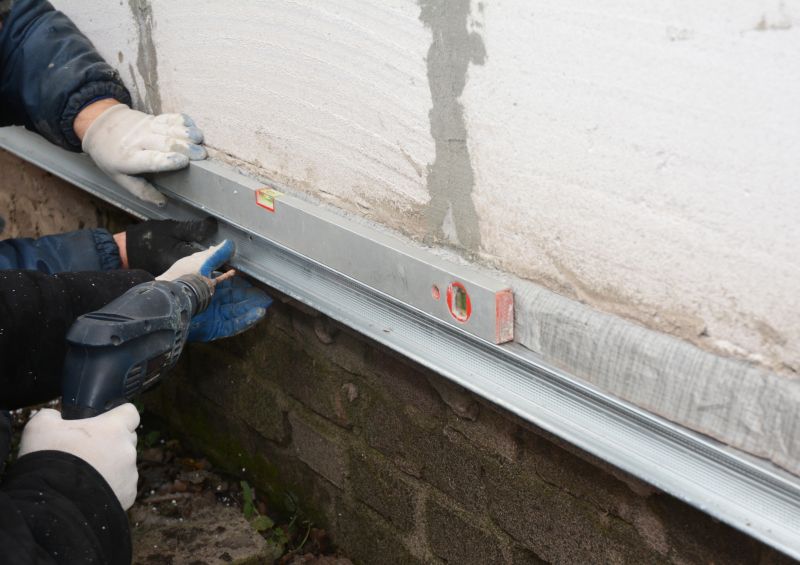
A typical repair involves assessment, stabilization, and reinforcement to restore structural integrity.
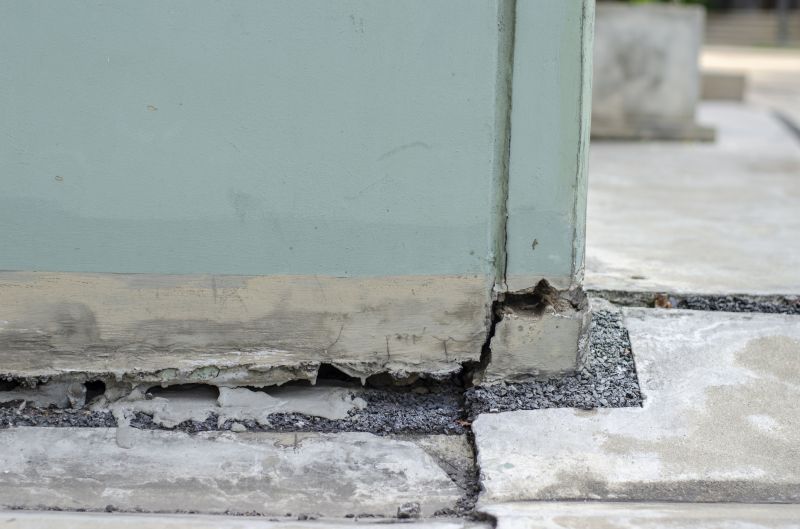
Indicators include uneven floors, sticking doors, and visible cracks in walls or floors.
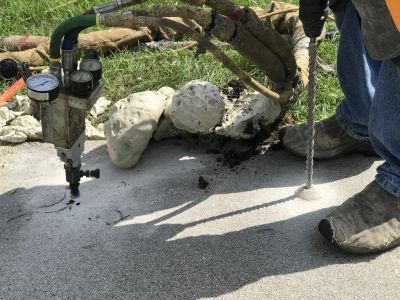
Advanced equipment like hydraulic jacks and underpinning piers are used for precise repairs.
| Season | Optimal Repair Conditions |
|---|---|
| Spring | Moderate temperatures and soil moisture facilitate repairs. |
| Summer | Longer days but potential soil dryness may delay work. |
| Fall | Cooler weather and increased soil moisture are ideal. |
| Winter | Frozen ground and limited access make repairs difficult. |
Timely foundation repairs are crucial for preserving property value and safety. Recognizing the best times for repairs allows homeowners and property managers to plan effectively, minimizing disruption and ensuring successful outcomes. Regular inspections can identify early signs of foundation issues, enabling prompt action before problems worsen.

Visual evidence of the effectiveness of timely foundation work.
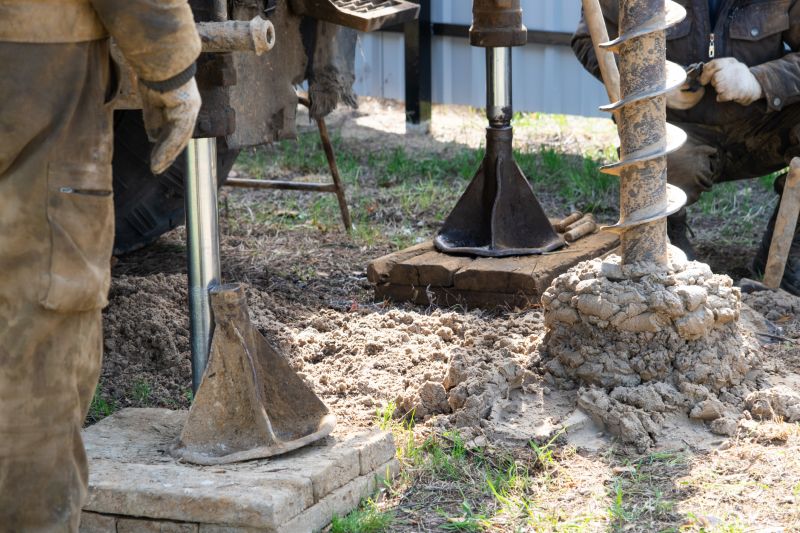
Specialized tools used during foundation stabilization processes.
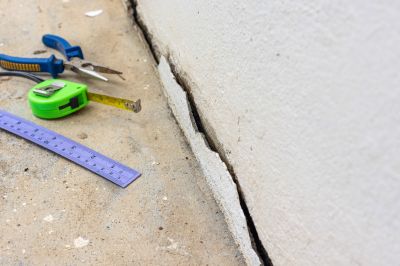
Professional assessment to determine the extent of damage.
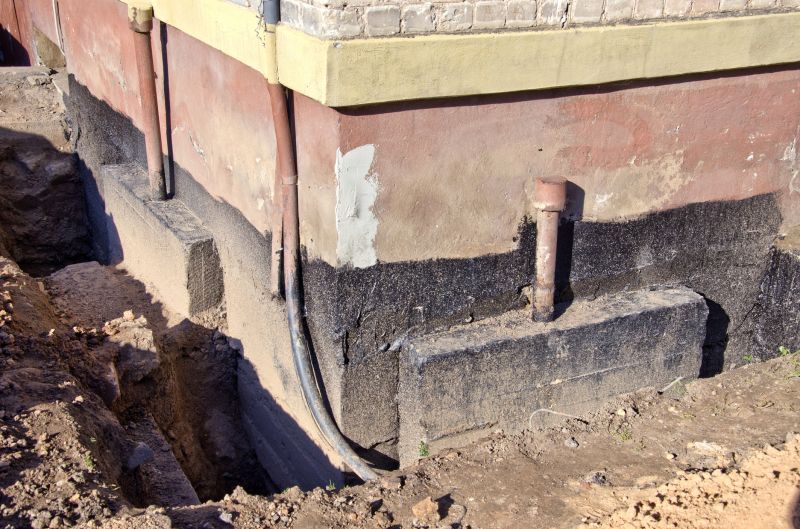
Final results after successful repair work.
Interested property owners can contact professionals to evaluate foundation conditions and discuss repair options. Early scheduling during optimal seasons can lead to more efficient and cost-effective solutions. Proper timing and expert intervention are key to maintaining the structural health of a building over time.

